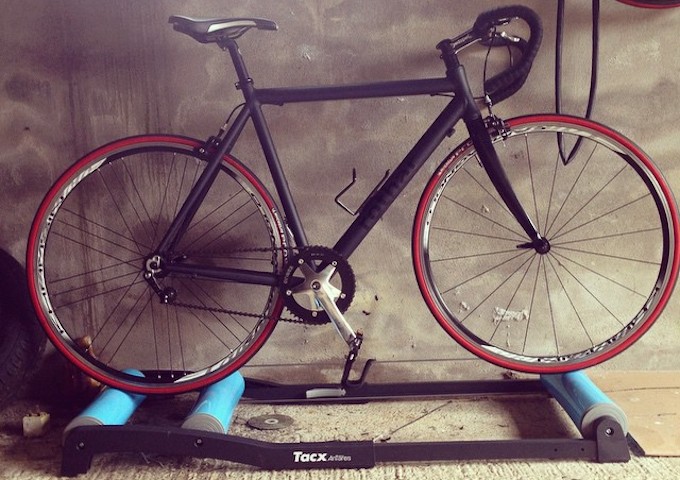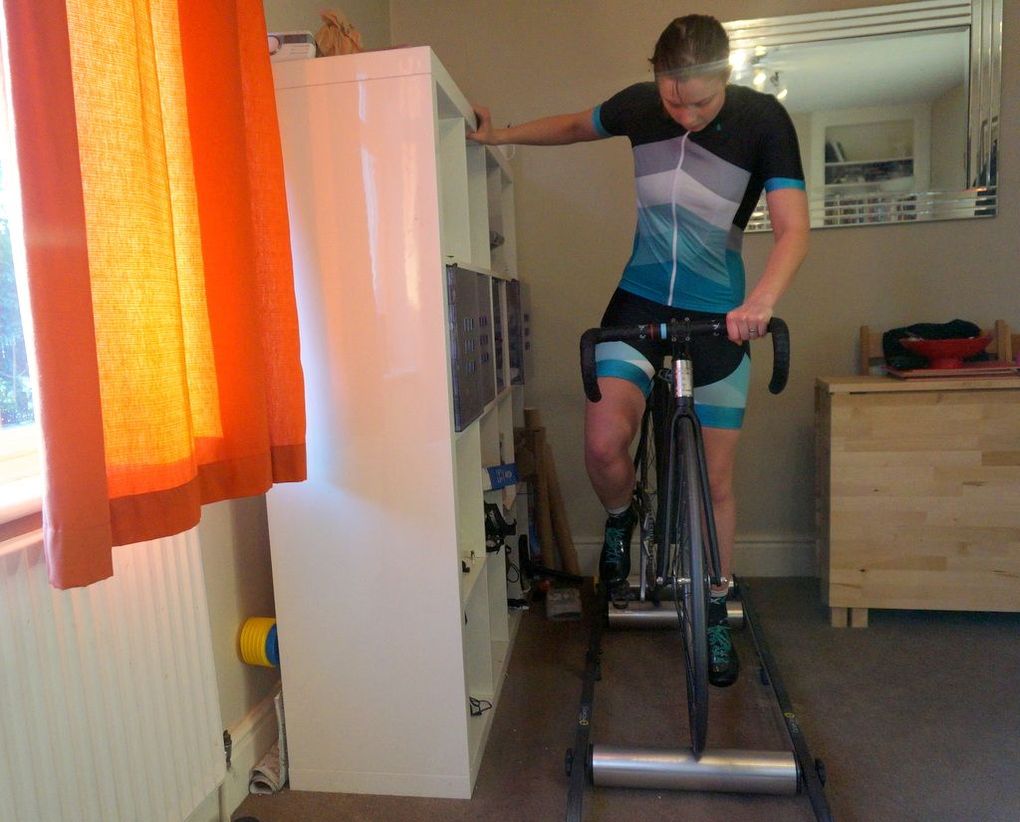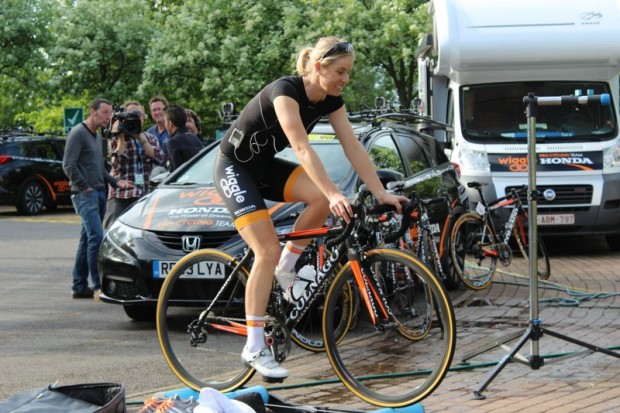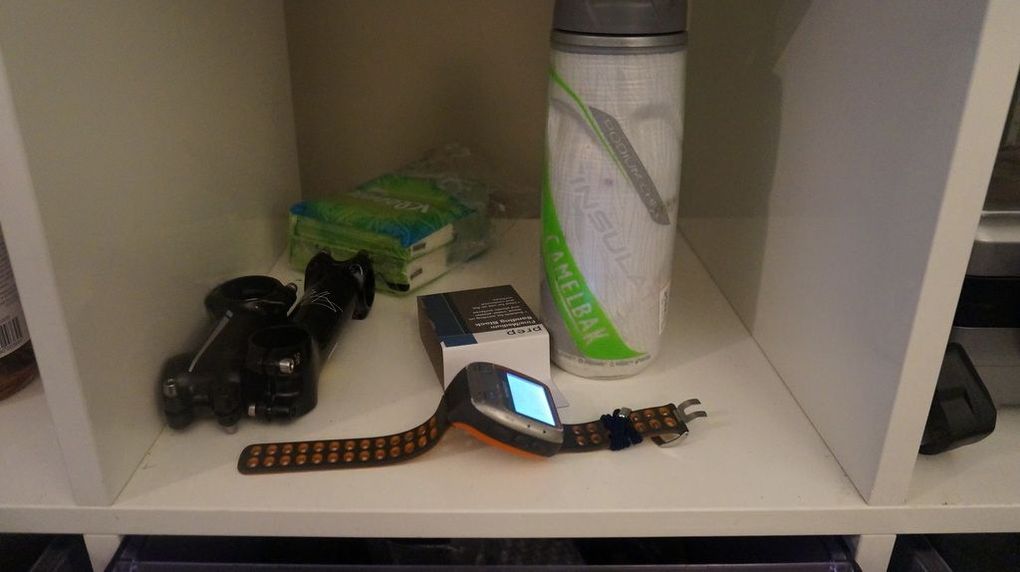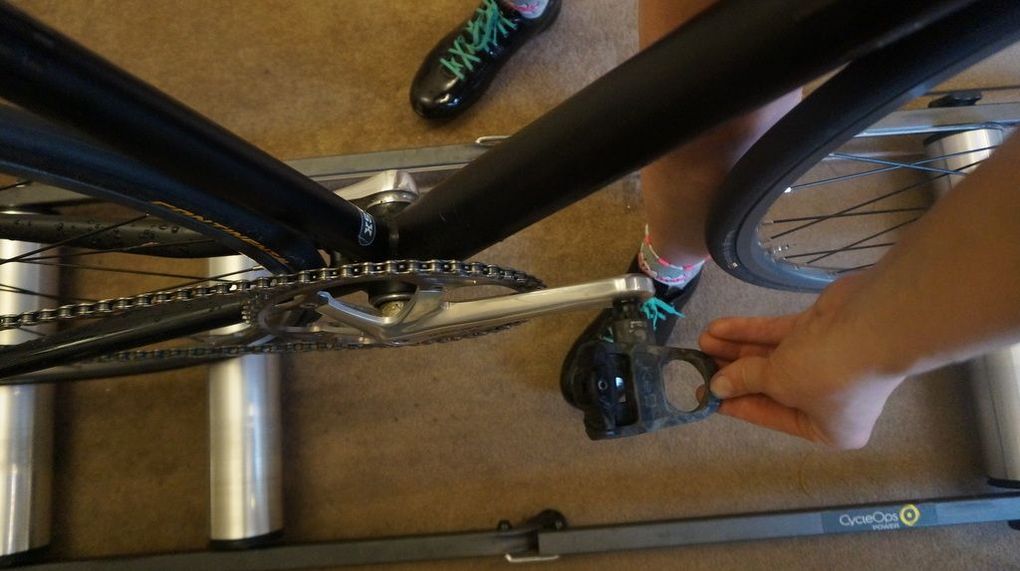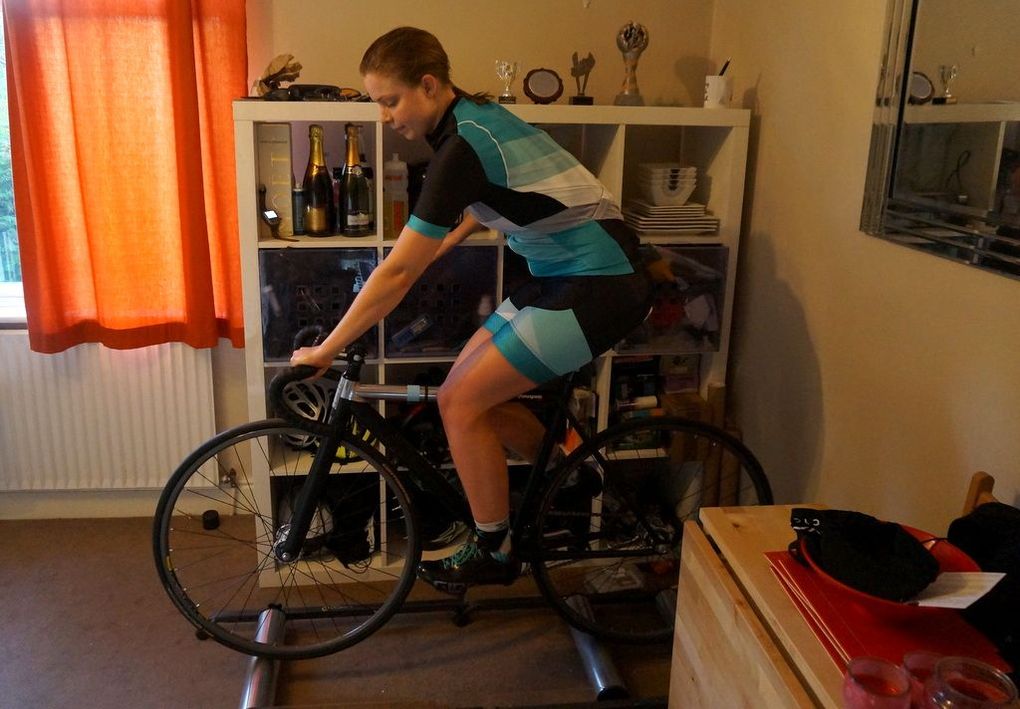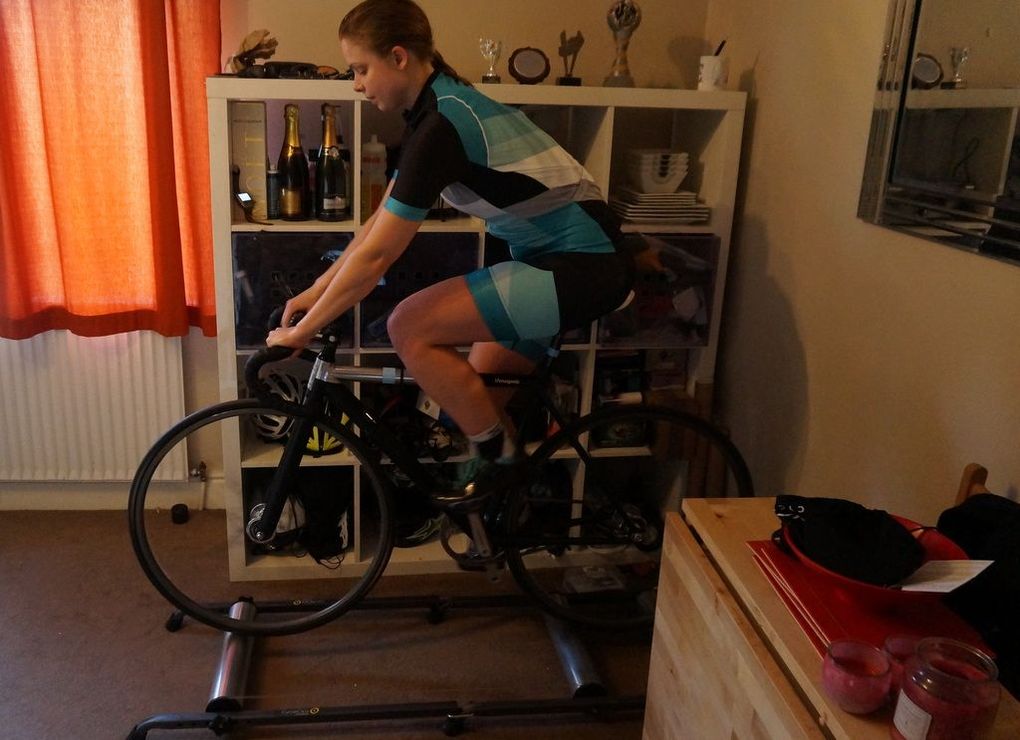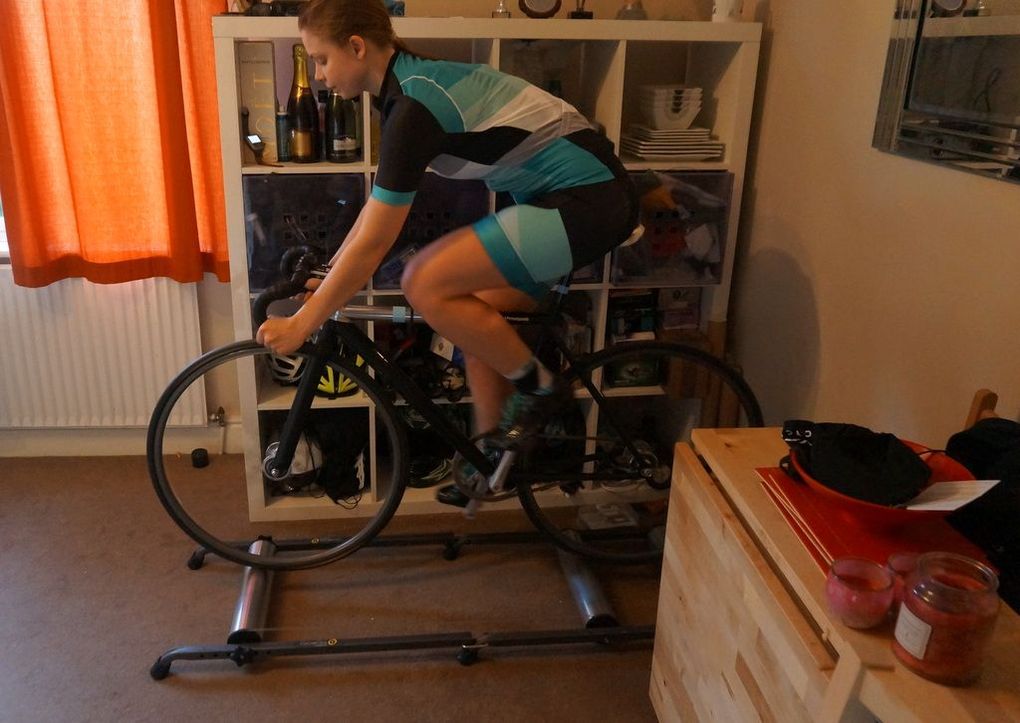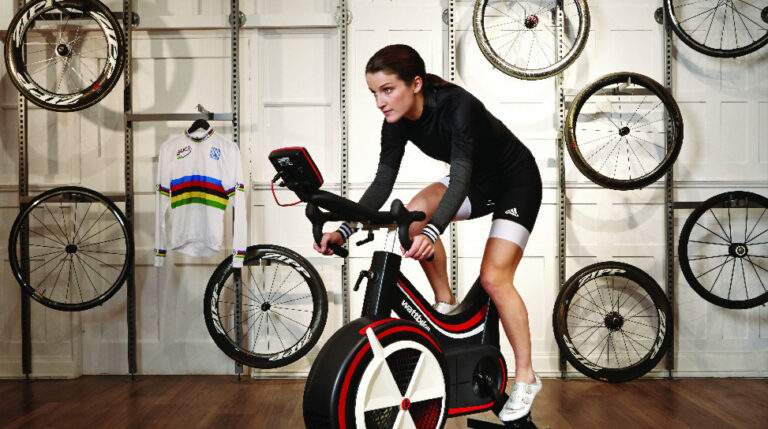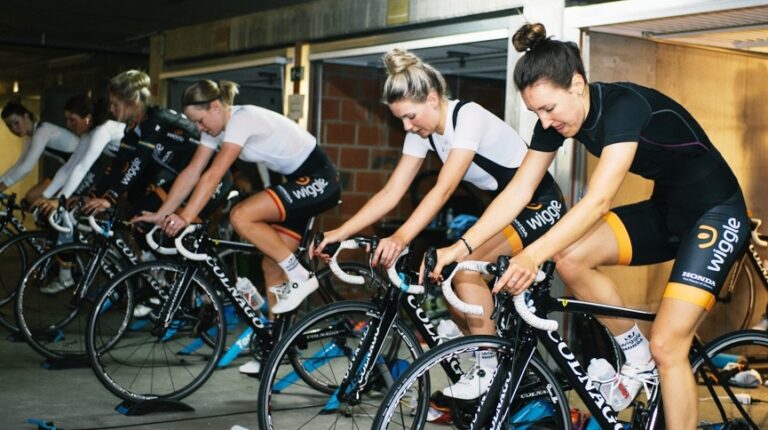Over winter, a lot of cyclists take to indoor training to keep their fitness up away from the gales and downpours that are so typical in Britain.
There are two popular options for indoor training: turbo trainers, and rollers. Turbo trainers simply attach to the rear wheel, and allow you to pedal it out as hard as you like. They don’t require a lot of skill but allow you to get a seriously heart pumping workout in a short space of time.
Turbo Sessions You Can do in Under 30 Minutes
Rollers, on the other hand, do require a bit of skill. They’re made up of rotating drums, and there’s nothing but your own sense of balance keeping you attached to them. Though this can take practice, it also means that riding on the rollers is great for helping to develop your balance, core strength, and cadence as it’s near impossible to grind it out in a high gear. Not only that, they’re also quieter, lighter, and require almost no set up aside from unfolding.
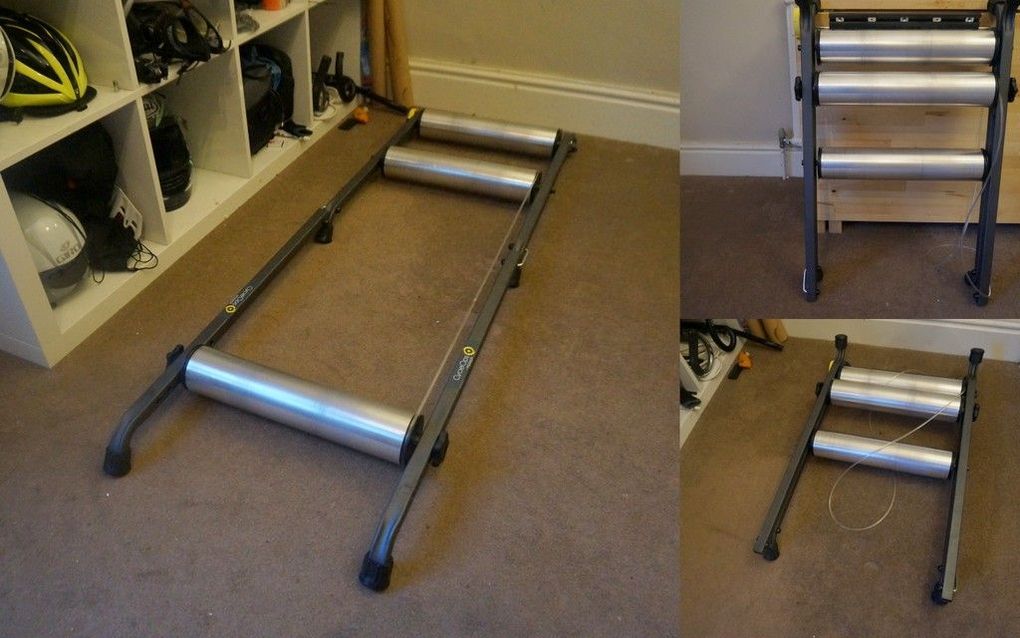
I’ve always been put off attempting riding the rollers, because it’s just been easier to hop onto the turbo. However, having recently converted my interests to track cycling, I soon realised that the it was an important skill to master as most of those taking part in sessions will use the rollers between exercises on the boards.
So, I set about attempting to learn to ride the rollers last week – and it turned out it wasn’t as difficult as I’d feared! Aside from a few short lived attempts a few years ago, I’ve ridden them only four times, so I’m plenty green enough in the art to impart the sort of tips required by an absolute beginner…

